White Places – Black Holes, Refection of the Future
Congress Day 3
Art criticism is privileged not only to reflect on the past but also to anticipate the future. The theme of the day will be devoted to analyses of the changes in the perception of art caused by the new communication schemes. Also discussed will be the means by which art criticism can come to terms with these changes (google curating, permanent online status, multi sharing, social networks and art criticism). What new social tasks and status will criticism have in the future ?
Date: 27. 9. 2013
Venues: Dom Umenia/ Kunsthalle Bratislava, SNP Square 12, 812 34 Bratislava
9:00 AM
James Elkins (US)
10:30 AM
Coffee Break
10:50 AM
Maria Luz Cardenas (YV)
Contemporary Art and Art Criticism in the Social Networks: How to live with the loss of “aura”
1. Propose a possible model for thinking and interpreting the new circulation mechanisms of the art work in the new and expanded field of the social networks.
2. Describe the effects of these new modes of circulation and globalization of images within the production processes of new contents and their relations with language, as well as the dissolution of the borderlines for defining the work of art.
3. The new image technologies and media and their canon of circulation models through the social networks define a new discursive regime, and expose us to new types of creators, spectators and patterns of criticism.
4. Through the work of twelve Venezuelan creators, it is possible generate an on-line exhibition model with seven fields of aesthetic interpretation
11:10 AM
Olena Chervonik (UA)
A Tug of War: Pulling "Ukrainian" into the History of Ukrainian Art
The present article briefly states two major exclusion mechanisms applied to Ukrainian art and culture at large, that of Russification and provincialization, and then considers a case of Boris Mikhailov as a contemporary battle ground for both of these mechanisms which have repositioned him as a “Russian” artist and excluded any mention of a larger photographic context of his native city Kharkiv which has fostered Mikhailov's creative identity. Comparing several cases of the recent revisionist scholarship that reinscribe Ukrainian identity into various examples of the early 20th century modernism formerly known as Russian avant-garde with that of Boris Mikhailov and Kharkiv school of photography the article brings to the fore the necessity of redefining the foundational principles of the entire art critical discourse in relations to post-colonial spaces such as Ukraine rather than winning the games' individual rounds.
11:30 AM
Maja & Reuben Fowkes (H)
Sidelined, Under-represented and Snubbed: The New Unofficial in East European Art
The divide in the communist era between an official art supported by the Party and afforded resources, opportunities and publicity and the precarious world of an unofficial culture that flourished below the radar of the political authorities is a familiar pattern in East European art history that in theory came to an end in 1989. However, in the post-communist era numerous exclusions have remained and new communities of artists have found themselves sidelined based on ethnic, national, gender and even political criteria. This paper looks at the ‘unofficials’ of today, considering the underrepresentation of ‘old minorities’, such as the Roma, whose absence from the new national canons of Eastern Europe necessitated the establishment of a transnational Roma Pavilion at the Venice Biennial, as well as the fate of ‘new minorities’, such as the many non-native artists, recent immigrants living in the region, who have found it hard to gain acceptance within nationally-oriented art scenes. Exclusions based on sexual orientation can also be seen operating in reactions to rare curatorial attempts to explore queer artistic identity in Eastern Europe. A further question to be considered is whether the revival of nationalist cultural ideology in the wake of austerity threatens to push a whole generation of globally-oriented contemporary artists into the unofficial art category.
11:50 AM
Block Discussion
12:10 – 2:00 AM
Lunch
2:00 PM
Iara Boubnova (BG)
3:00 PM
Valeria Ibraeva (KZ)
Rape of Europa (without titles)
Eastern orientalism as a method of states’ existence in Central Asia and its interpretation in contemporary art in the countries of former “Soviet East“.
3:30 PM
Discussion + Coffee Break
4:00 PM
Ling Min (CN)
The Dialogue of Chinese Ink Painting Between ‘White Places’ and ‘Black Holes’
The theme of the Congress – the ‘White Places’ and ‘Black Holes’ in the global distribution of contemporary art, and its uneven reception – will be treated here metaphorically. My short paper will focus on the contemporary significance of traditional ink and wash painting and the challenges facing the renewal of traditional materials and tools, form and content. It will investigate ways of stimulating a meaningful dialogue between ‘white places’ and ‘black holes’.
4:30 PM
Tsai Raylin (TW)
Need We Some Surplus Plots in the Cloud?
Can we contrast these concept of places into two kinds of “place unknown or unnamed” and “non-place”? According to the theme of this year’s Aica Conference in Slovakia, it is allowed us to say, the one is the concept of “places unknown or unnamed” which are always local and “white”, and the another kind is radically (quaci-)globalized as ultimate spaces, which are a-temporal in their own “dark shades”, as holes in its “black”, and sometimes could be called the “non-place”. Indeed, the terms White/Black is a brilliant metaphor, if we keep us with metaphysical interest in detecting the contemporary world of the arts and their multiple histories. But there is also political-geographical interest arising from and in between the artists, curators, dealers and critics. It’s sure that the locality, in its everyday life world, constitutes its political program statically in a postulated center with various margins. Contrary, the moving centre without margins is exclusively global. Therefore, there is the question: should we call them a liquid conflict in mask with “Surface/Interface”? In a word, the locality in surface seems to be more strong than the global in interface. So, it is a great need for us to find a way to distinct “the re-presentable interface in local” and “the deep surface in global”, while we do meet people like “nomadic monads” with phenomena ofartist-in-resident or artist-on-the-move, domestic or abroad, at white places or black holes. Furthermore, we wish there is a significant tendency of arts criticism with digital globalization and global digitization, if people are actually “the cloud crowd” in cyberspace and the web. So the virtual reality of cloud crowd in arts world could be remixed with oriental and occidental elements as a whole rapidly. In his excellent Tao Te Ching, Laozi (B.C.772-476) says, “who knows how white attracts, yet always keeps himself within black’s shade, thepattern of humanity displayed”. This is exact right when we discourse upon artistic creativity as an auto-poetics, and no matter how we do it in scenario thinking or logic thinking. In the result, we could say that wherever there is imagination of places unknown or non-place, there is satisfaction of need in “surplus plots”, and it is a long struggle here in labyrinths from Marx, Lacan and Žižek who already gave us the Adriane’s thread.
5:00 PM
AICA Award for Criticism 2013 – Prof. Tomáš Štrauss (1931-2013)
5:30 PM
Marek Bartelik, Juraj Čarný, Richard Gregor
Closing Speech
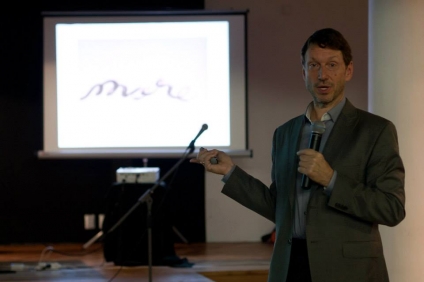
James Elkins
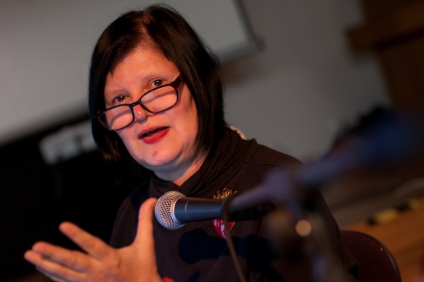
Maria Luz Cardenas
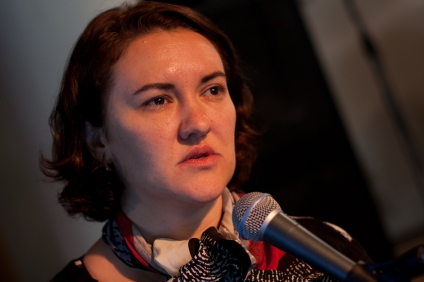
Olena Chervonik
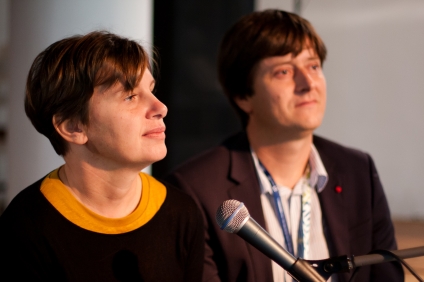
Maja & Reuben Fowkes
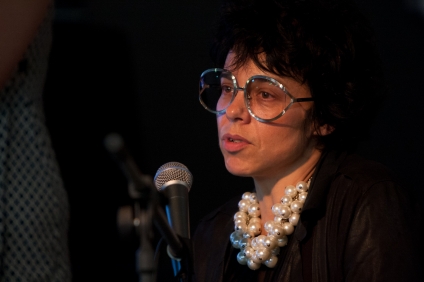
Iara Boubnova
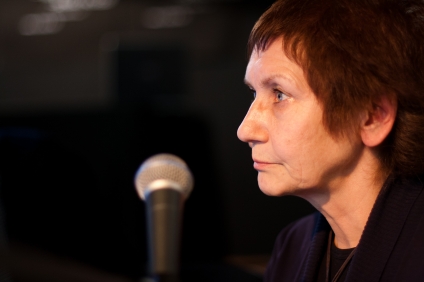
Valeria Ibraeva
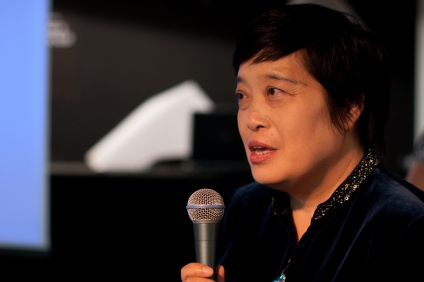
Ling Min
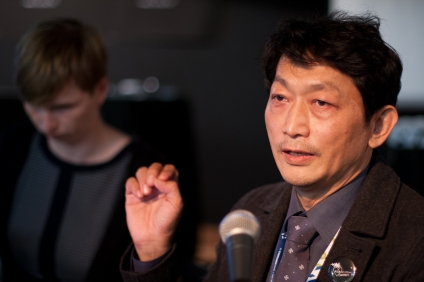
Tsai Raylin
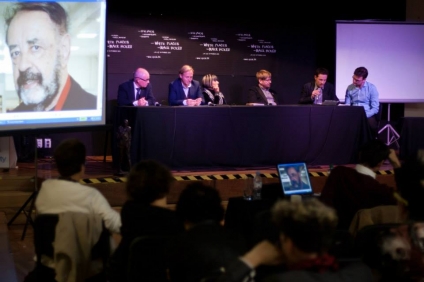
AICA Award for Criticism 2013 – Prof.Tomáš Štrauss (1931-2013)
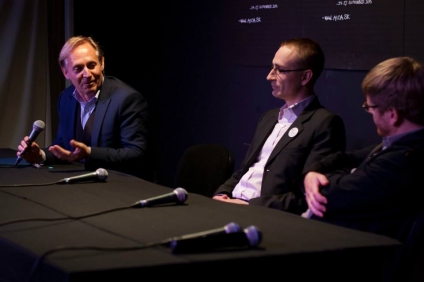
Closing Speech by Marek Bartelik, Juraj Čarný and Richard Gregor




